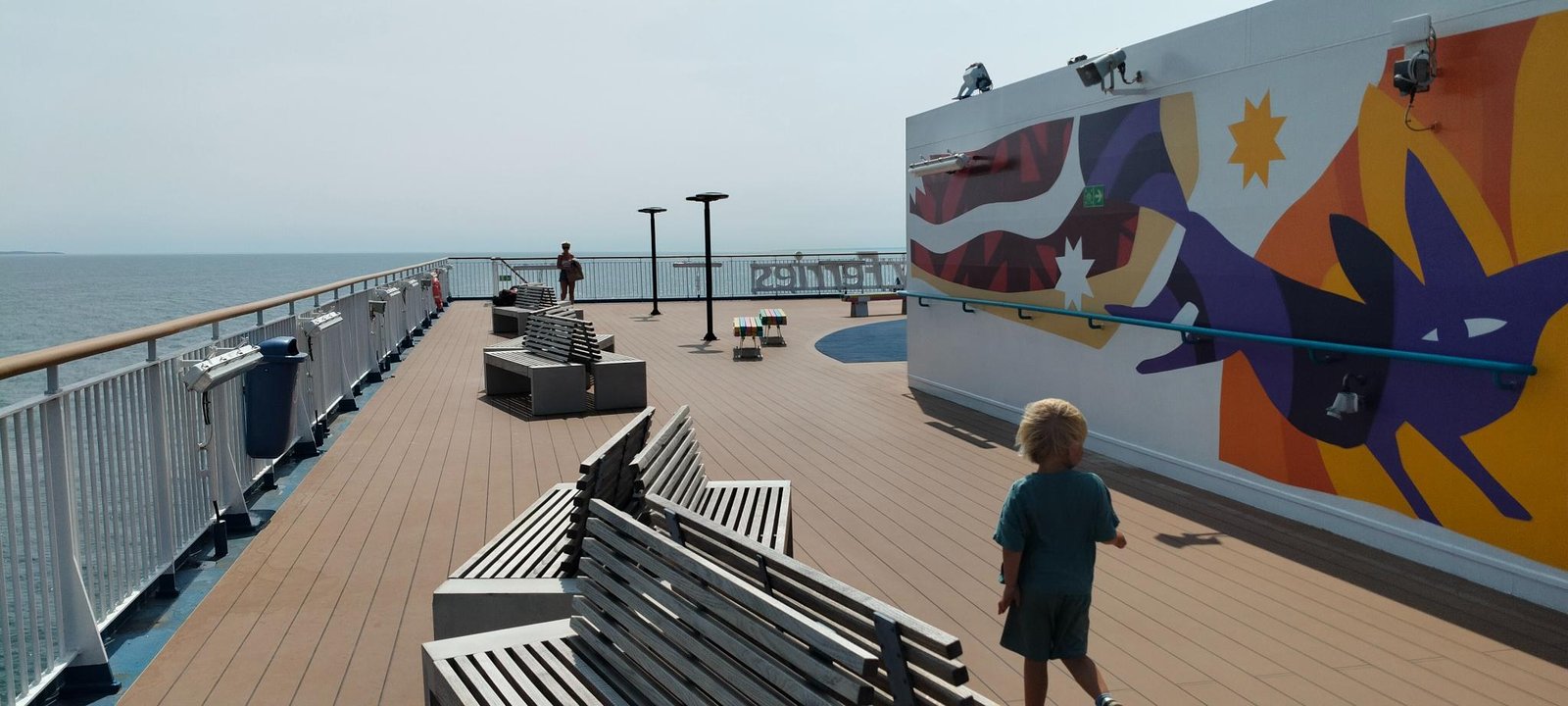The best seats on the ferry to avoid seasickness

Seasickness often affects people travelling by ferry or on long journeys across the open sea. This is especially true for smaller and faster ships. It can range from mild discomfort to severe nausea. You can minimize the risk by choosing the right seat.
First, choose the right type of ferry if possible
You can choose between a standard single-hull ferry and a faster catamaran on some routes. If you are prone to seasickness, knowing that a single-hull ferry is generally the more stable option is important. This is because it sits deeper in the water and is less prone to the quick, jerky movements you might experience on a catamaran. A catamaran is often lighter and faster but tends to move more and “bounce” on the waves.
Where to sit for the best experience
The middle of the ferry is usually the area with the least motion. This is because the centre of the vessel is closer to the centre of gravity, where the movement is less pronounced compared to the front (bow) or rear (stern). Sitting lower in the vessel also reduces the sensation of movement because the lower decks experience less vertical motion than the upper decks.
Looking at the horizon can help
You’ve probably heard it before: “Looking at the horizon helps with seasickness.” This is true, but do not stare too intensely; you should glance at the horizon occasionally without focusing too much. You usually can't see the horizon from the middle and lower parts of the ferry so that you can choose a window seat here. Just be sure not to sit at the front but along the vessel's sides.
To clarify further, take a look at the following image. The green seats are the best choice.

Avoid sitting near someone who is seasick
Did you know that sitting near someone who is already seasick can increase your chances of feeling nauseous? Seeing, hearing, or even smelling someone unwell can trigger a similar reaction in you, making it harder to manage your seasickness. So, if you notice someone feeling ill, finding another spot is best.
Getting fresh air on the deck
On many ferries, you have the option to go outside. Standing on the deck in the fresh wind can help ease seasickness for some people. So, if you feel unwell in your seat, walk to the top deck. However, avoid the front and back of the ship, as these areas tend to experience more movement.
Meet Jochem Vroom – Online Investor, Digital Strategist and Experienced Ferry Traveler. When he's not busy running his businesses, Jochem loves nothing more than exploring new destinations by sea. At FerryGoGo, Jochems' primary mission is to safeguard the integrity and excellence of our content and website. Jochem achieves this by meticulously verifying reviews, routes, and maintaining continuous communication with ferry operators. This commitment ensures the authenticity of the content featured on FerryGoGo.com.






